Samsung's latest Galaxy XR controllers are creating buzz, not because they reinvent VR, but because they keep vanishing before most people can click buy. When the company launched its ambitious Galaxy XR headset for $1,799.99, Samsung made a curious call, sold the controllers separately for $250. What happened next exposed a disconnect between the plan and how people actually use XR, the controllers completely sold out in the US within hours.
Now Samsung is playing catch-up with its own success. The company is sending restock notifications to select customers, and you will need to move quickly if you want to snag a pair. The shortage signals real enthusiasm, and it also highlights a gap in Samsung's read on XR expectations and the importance of a complete ecosystem for premium devices.
What this means for Samsung's XR strategy
The controller crunch goes beyond inventory. While Samsung positioned the Galaxy XR for productivity and creativity rather than gaming, the rapid sellout shows strong interest in traditional VR experiences. Premium buyers expect everything to work on day one, not a partial setup.
Competitively, that matters. Meta's Quest line includes controllers, which unlocks a deep game library immediately. Apple's Vision Pro leans into productivity but arrives as a complete package. Samsung's shortage leaves daylight for rivals that deliver instant, fully functional systems.
Supply chain signals are telling too. The demand might be significantly larger than Samsung anticipated, which points to conservative forecasting or capacity limits. If Samsung plans to expand beyond the initial US and South Korean markets, the accessory pipeline has to scale with the headline device.
PRO TIP: This controller shortage might actually signal positive momentum for Samsung's XR ambitions, demonstrating genuine market enthusiasm for their premium approach. However, success in the XR market requires more than impressive hardware specifications, it demands delivering complete, accessible experiences that meet evolving consumer expectations rather than limiting them to predetermined use cases.
The bigger takeaway, the XR audience is maturing. Early adopters buying premium gear expect full functionality now, not later. If Samsung adjusts quickly and builds the ecosystem to match demand, Galaxy XR could be the start of something lasting. If not, it risks feeling like an expensive proof of concept that never quite shifts into gear.








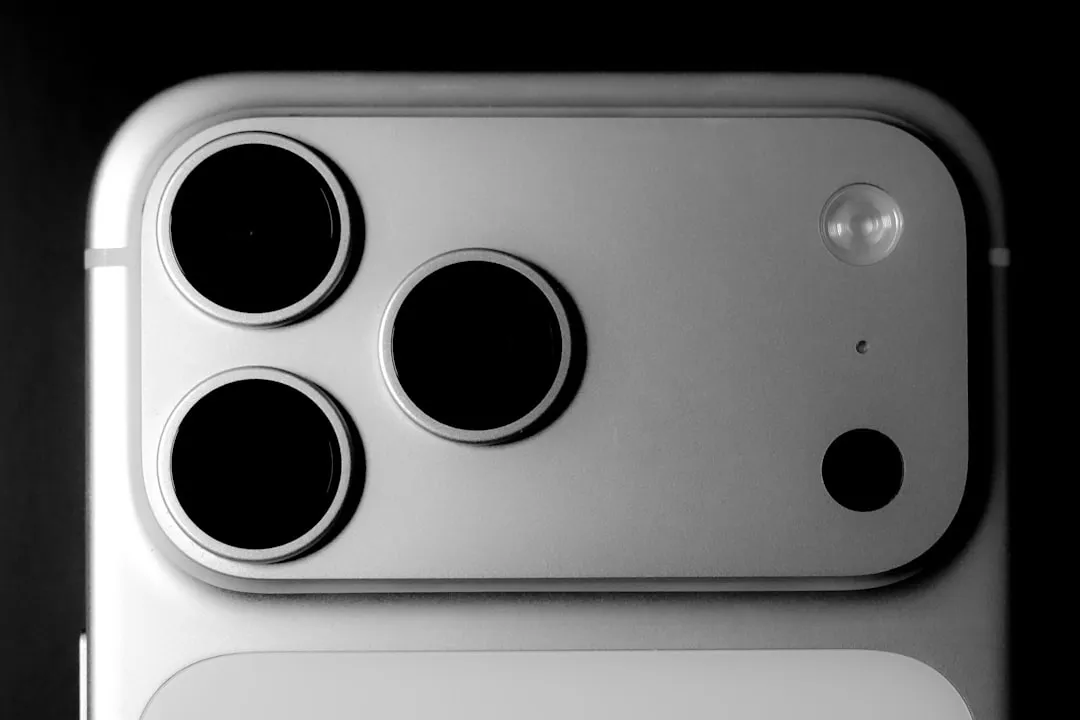
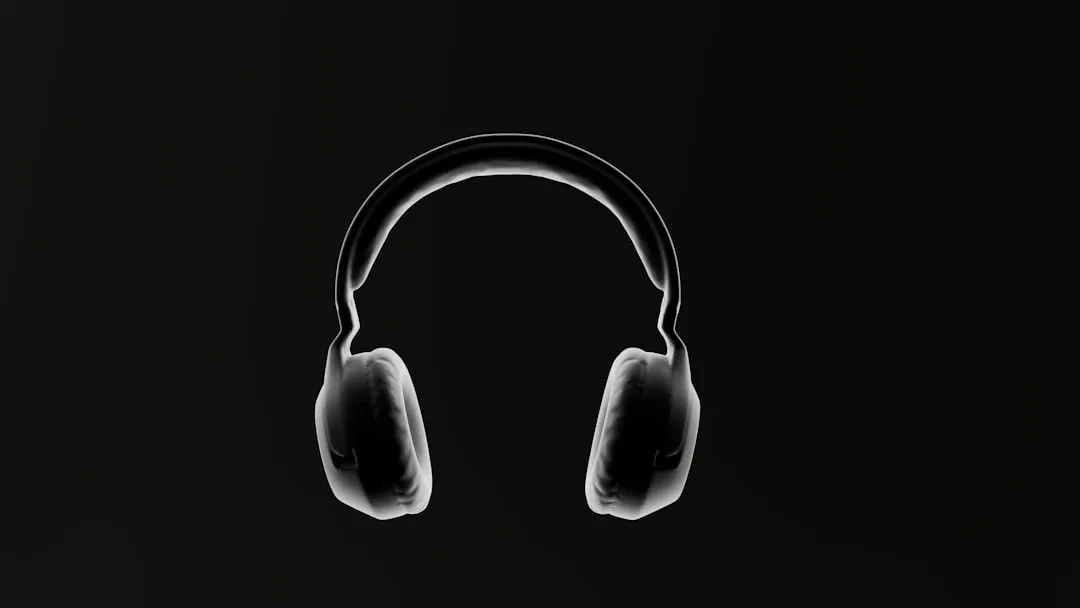







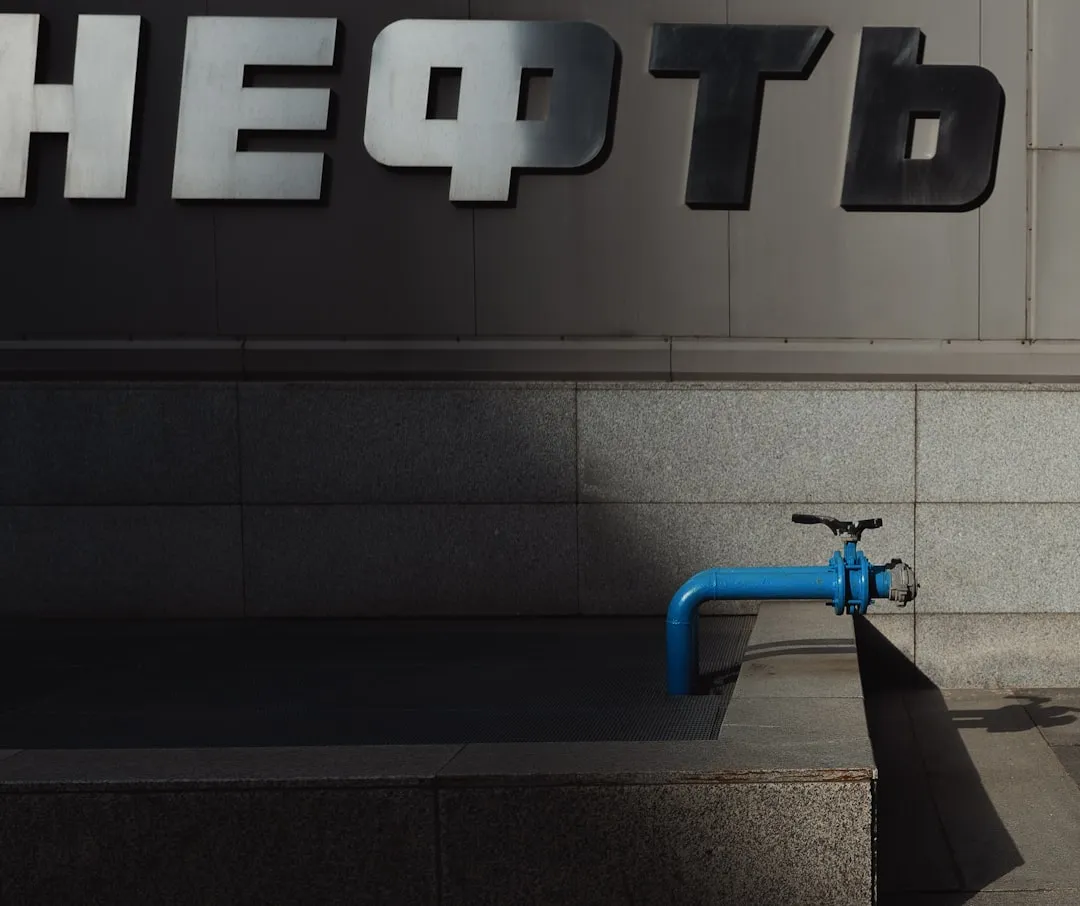
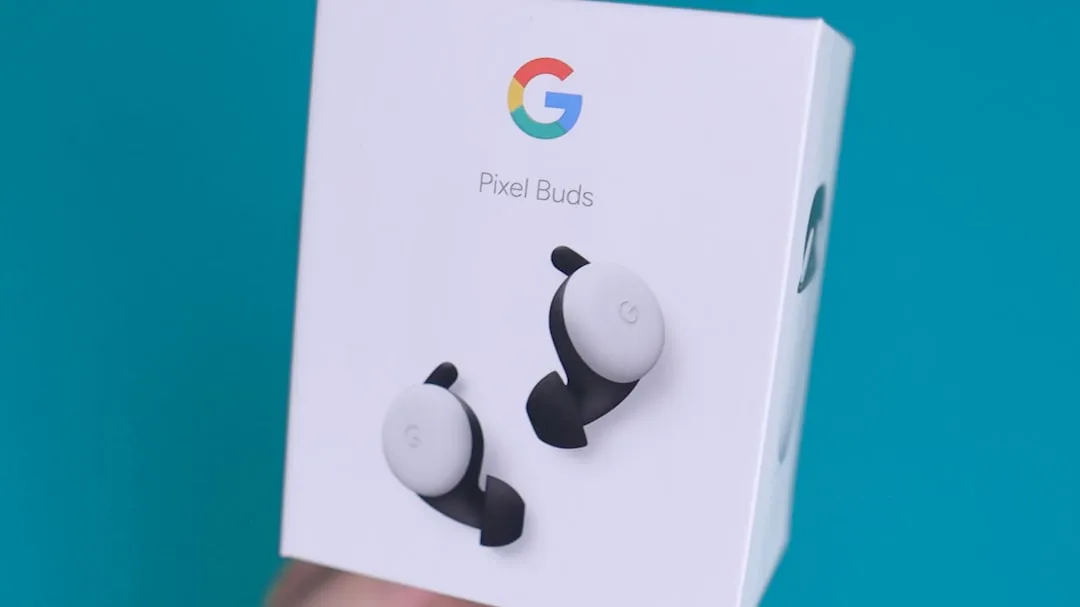
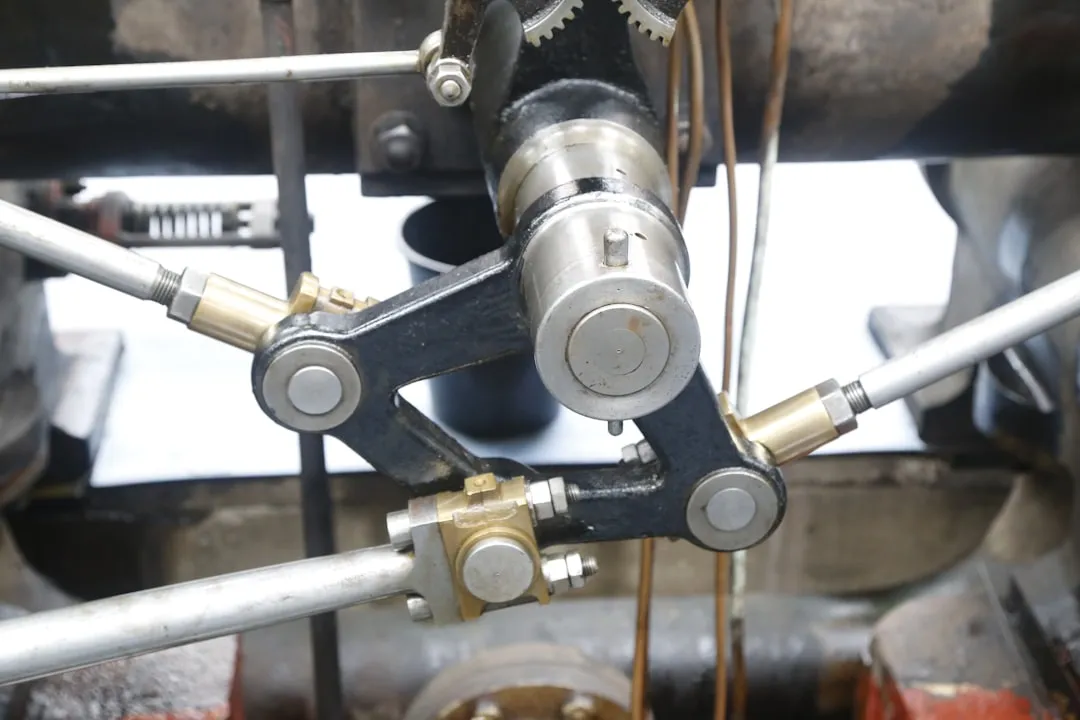

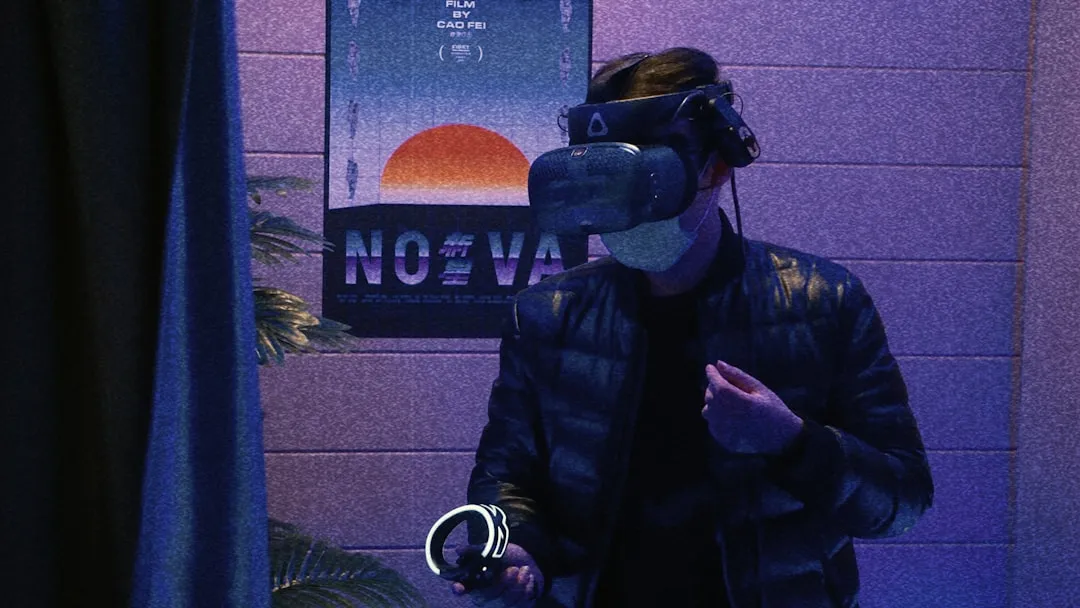
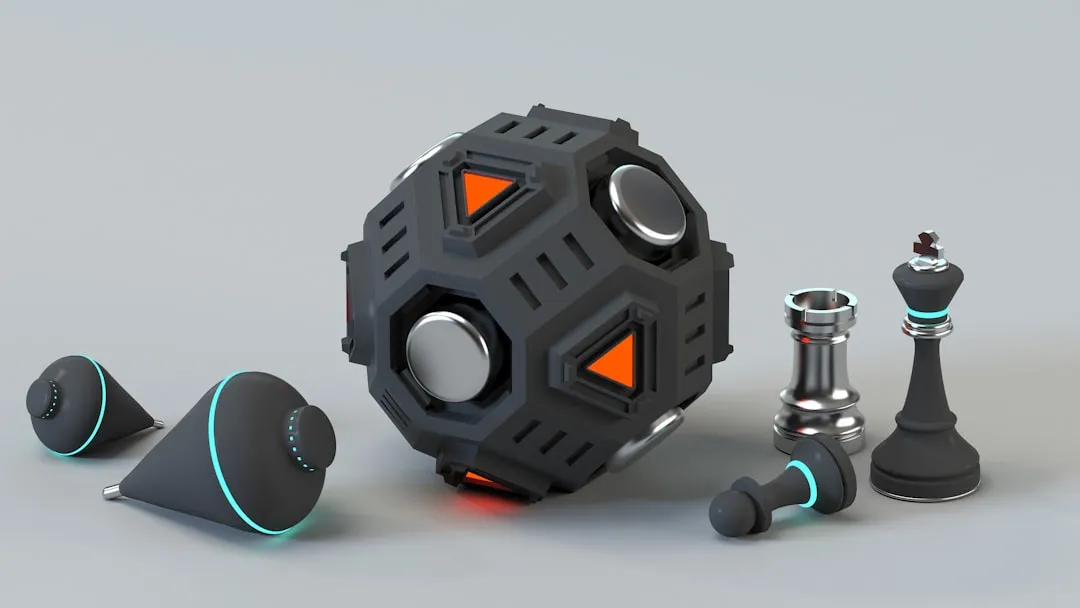
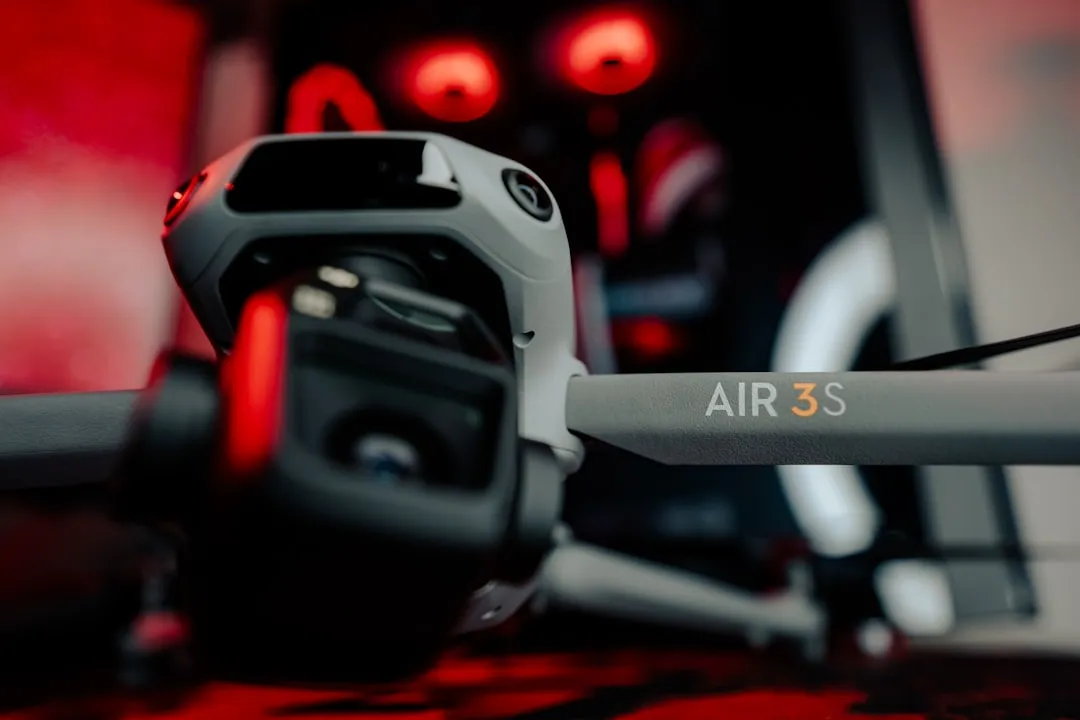

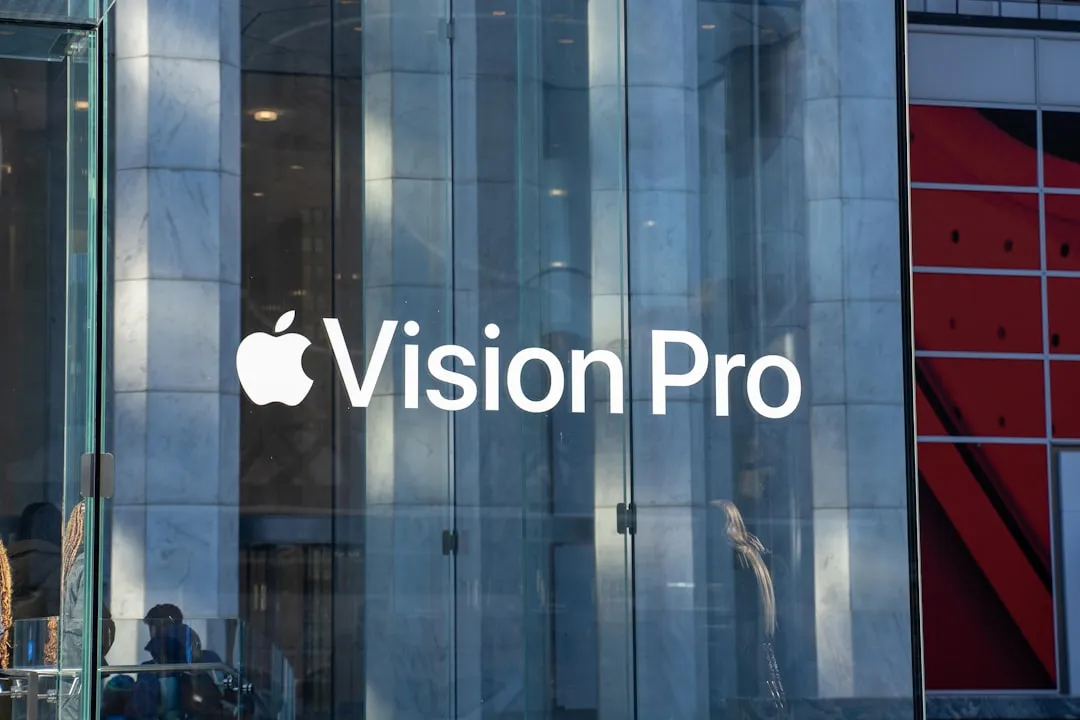

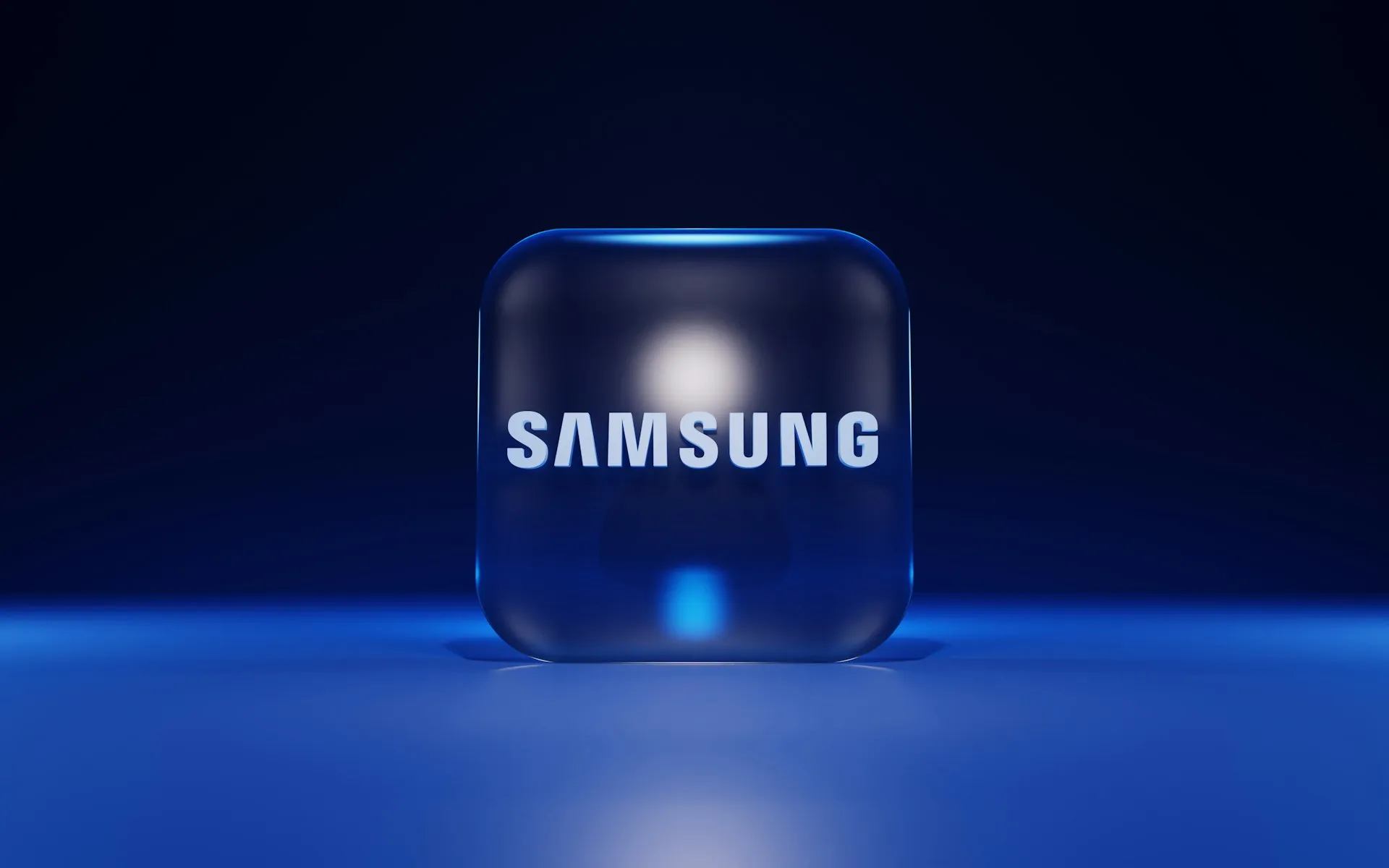
Comments
Be the first, drop a comment!